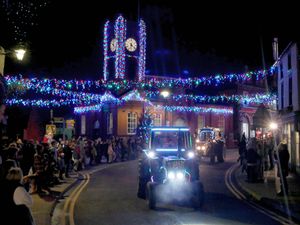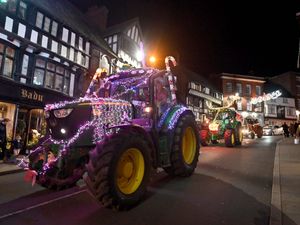Making use of land to set up a glamping business
With relatively little capital investment required and healthy returns, glamping has become a popular choice for many landowners looking to diversify. However, there are a number of considerations to take into account before setting up a glamping site.
Naomi Browne, rural surveyor at Savills in the midlands, comments: “Identifying a site that is accessible but in a quiet secluded area, with attractive views of the surrounding countryside is essential to create the right atmosphere and setting. On the edge of woodland or lake both work particularly well. It is important to ensure separation between units to give privacy while allowing for access to communal services.
“A mains water supply, foul drainage and electricity (via mains or solar power) will be required for the site. Infrastructure costs of around £50,000 are typical for up to four units, depending on the availability of existing services.
“If the glamping activity occurs for more than 28 days a year you will need consent for change of use of the land for temporary or permanent structures. Planning permission is also required to install utilities on the site. It is a good idea to talk to your local council as many local authorities encourage the development of tourism and support farm diversification as well as seeking specialist planning advice.
“With so many options on the market, from yurts and log cabins to geodesic domes and tree houses, it can be difficult to pick the right type of guest accommodation. This is a highly competitive market so it is important to differentiate your offer from those nearby. Bell tents, yurts and safari tents are seasonal products and will need separate kitchen/bathroom facilities located close by as well as usually requiring a base or decking. Opting for these structures means putting them up and taking them down again each season; you'll also have to regularly clean the canvases. Bell tents cost roughly £1,000 per tent and safari tents can cost up to £20,000 when furnished and equipped.
“Alternative options include shepherd's huts, pods and lodges. These offer self-contained facilities and as they are fully insulated, can be used throughout the year. Log burners, power and WiFi can also be included. Shepherd's huts can cost in the region of £20,000-£50,000 while pods typically cost £6,000-£15,000. This type of product also has a longer life span than other options.
“A premium product and good-quality furnishings are essential to achieve high occupancy rates and extras such as a hot tub, fire pit, BBQ, bicycles and a games room will add value to the offer.
“Whatever you choose, it is important to assess the level of investment and likely returns. In terms of rates, those similar to holiday cottage prices can be achieved at a fraction of the investment. It is common for a 70 per cent average occupancy rate to be achieved within three years. A phased approach is often sensible. Start small and expand when a satisfactory occupancy rate is achieved.
“Public liability Insurance will be required in case of injury or accidents. In addition, you will need to carry out a General Risk Assessment of the entire site.”
For further information, or to discuss land or estate diversification opportunities contact Naomi Browne at Savills Lichfield on 01543 251221 or by emailing naomi.browne@savills.com.




